How enterprises can decarbonize delivery and logistics in the last mile
Larry Bernstein
October 27, 2023

The news is filled with stories about climate change, leading many to consider their carbon impact. Individuals and businesses are looking for ways to decarbonize. Some industries, such as the logistics and transportation sector, are significant contributors to carbon dioxide emissions. The logistics and transportation sector can reconsider their operations and reduce their carbon footprint. Enterprises focused on last-mile delivery can partner with a third-party company as part of their carbon reduction strategy.
The challenges of last mile delivery
Last-mile delivery, the final step between the product seller and buyer, has a larger carbon footprint than other links in the supply chain. According to the World Economic Forum, this carbon-guzzling delivery method will grow by 78% by 2030 .
Last-mile delivery presents multiple challenges. Chief among them, enterprises that offer delivery often deliver to one customer at a time. Vehicles leave a store/warehouse, make a last-mile delivery, and return to the original location. When the next delivery is needed, the process begins again. This contrasts with the Amazon delivery team, which makes multiple stops along a set area. This is more efficient and uses less carbon.
Why the last mile is the least efficient?
Customers today are more demanding than ever, so their orders must arrive quickly. Companies promise speedy delivery, with some guaranteeing it in just a few hours. Although this might be necessary to meet/beat the competition, it makes last-mile logistics more challenging. Expecting customers to wait and making delivery more efficient is a non-starter.
So, operations are stressed, and efficiency goes out the window. You’re so focused on meeting customer demands that you can't consider ways to decarbonize delivery.
Strategies for sustainable last mile delivery
Because last-mile delivery is a carbon-guzzling activity, many have considered strategies for reduction. There's no strategy that will completely decarbonize last-mile delivery. However, reconsidering logistics delivery operations can meaningfully reduce carbon emissions. Let’s look at a few of the strategies.
Route optimization and consolidation
Archimedes explained that the shortest path between two points is a straight line. That truism depends upon the geometry of the object/surface in question. However, there’s always a shorter and longer way to get between points. When delivery vehicles use the most efficient route, they minimize carbon output.
Curri’s route planner helps our customers save miles on the road. It optimizes trips and finds the most efficient route. It enables customers to quickly and easily assign and dispatch orders.
Vehicle efficiency and electrification
Vehicle efficiency means using the right sized vehicle for delivery and should be part of an enterprise’s decarbonization plan. Enterprises can use a mini or a sedan, which are typically carbon-efficient for delivery of small packages. They should only use bigger/heavier vehicles for delivery of large items.
Of course, an electric vehicle is even more efficient. It only requires recharging. Companies that electrify their fleet significantly reduce their carbon output for delivery operations.
Flexible, scalable fleet operations
Having the right-sized vehicle for delivery is a challenge for operations. There’s an element of the unknown with delivery – each day is different, and things change by the minute. This makes planning logistics extremely challenging. Companies might intend on sending out the right sized vehicle, but it may not be available when needed.
When enterprises partner with Curri, the right-sized vehicle is always available promptly. Our wide range of vehicles can make any delivery. With Curri as part of your team, you can scale your fleet operations without increasing the number of vehicles. Less production means less carbon.
Outsourcing and virtual fleet services
Companies choose to outsource services for a host of reasons. The benefits of outsourcing include increased productivity, lower costs, and greater efficiency. This is because enterprises only pay for what they need.
Companies have to maintain their own fleet. The services necessary to maintain a fleet use carbon. Using a virtual fleet minimizes carbon usage since vehicles are only used as needed.
BODFS fulfillment for retail and eCommerce
BODFS (Buy online deliver from store) is a type of order fulfillment that is carbon efficient. The other alternative is to have customers come to a retail or eCommerce outlet to pick up their orders. When customers order items via BODFS, enterprises can deliver to multiple customers during one trip. Less trips made results in a reduction in carbon emissions.
Curri offers multi-stop deliveries with the same wide range of vehicles available for single deliveries.
The advantages of carbon reduction for enterprises
In addition to being good for the environment, carbon reduction is good for business. Survey results indicate most people prefer to do business with environmentally sensitive companies. Your clients may choose to increase their interactions with a carbon-sensitive company. In addition, being carbon sensitive could sway potential clients considering which enterprise to give their business to.
Carbon reduction also saves money in operations. Using less gas and fewer vehicles is a dollar savings for delivery operations.
Contact Curri for sustainable last mile logistics
Think your enterprise wants to reduce carbon emissions related to last-mile delivery? Consider partnering with Curri to improve logistics and minimize your carbon output during operations.
Sign up for Curri here.
.avif)










-min.avif)

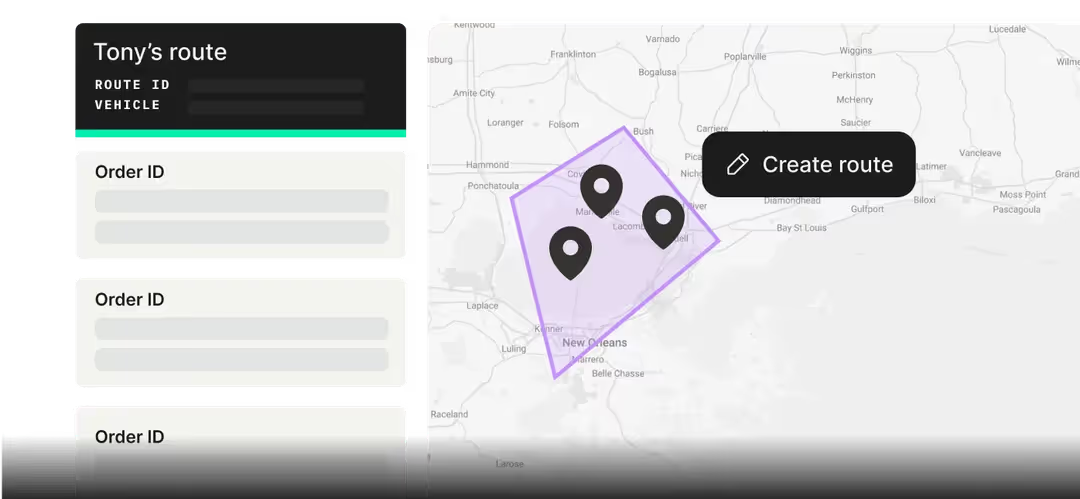
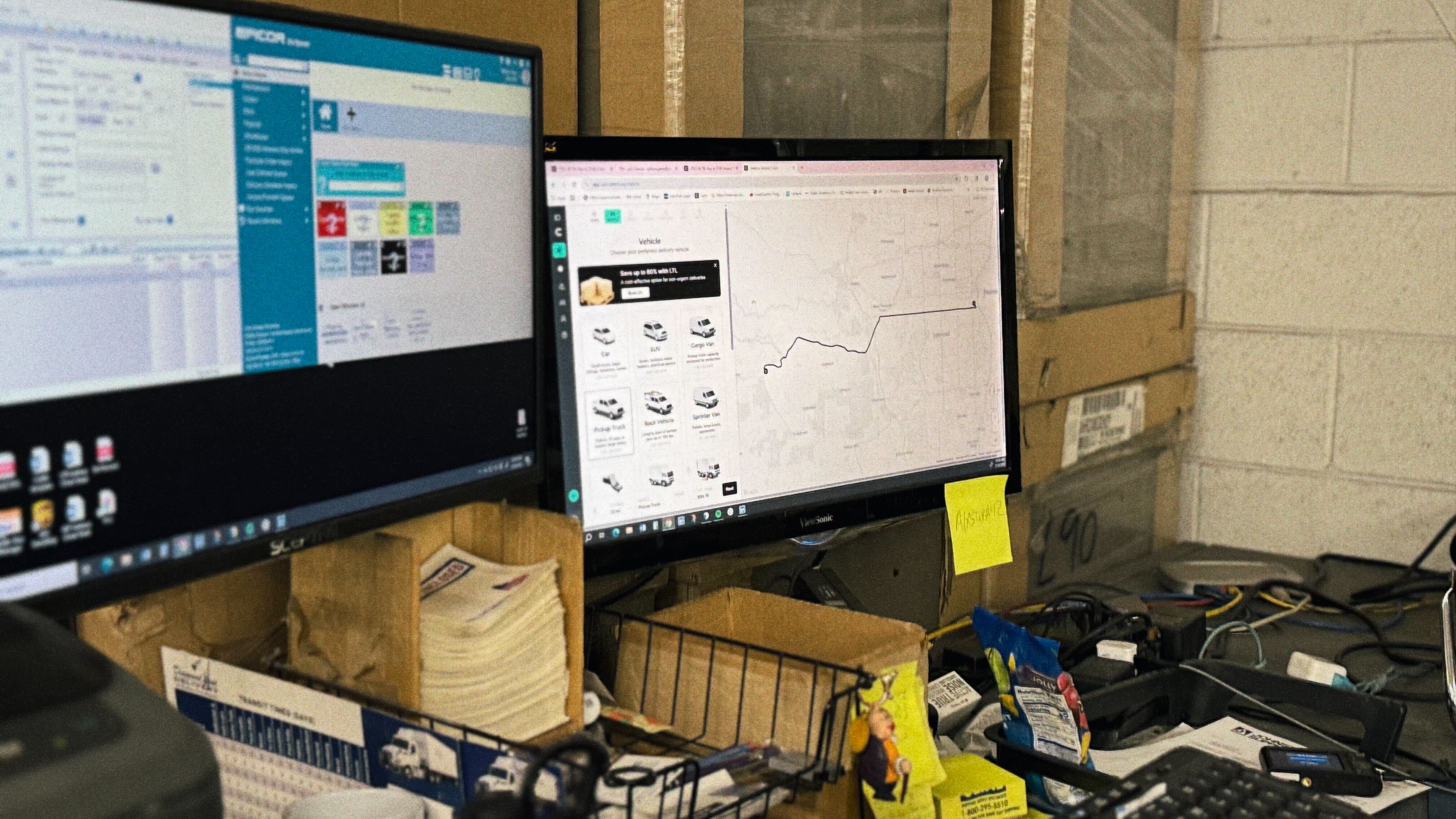
-min-min-min.avif)


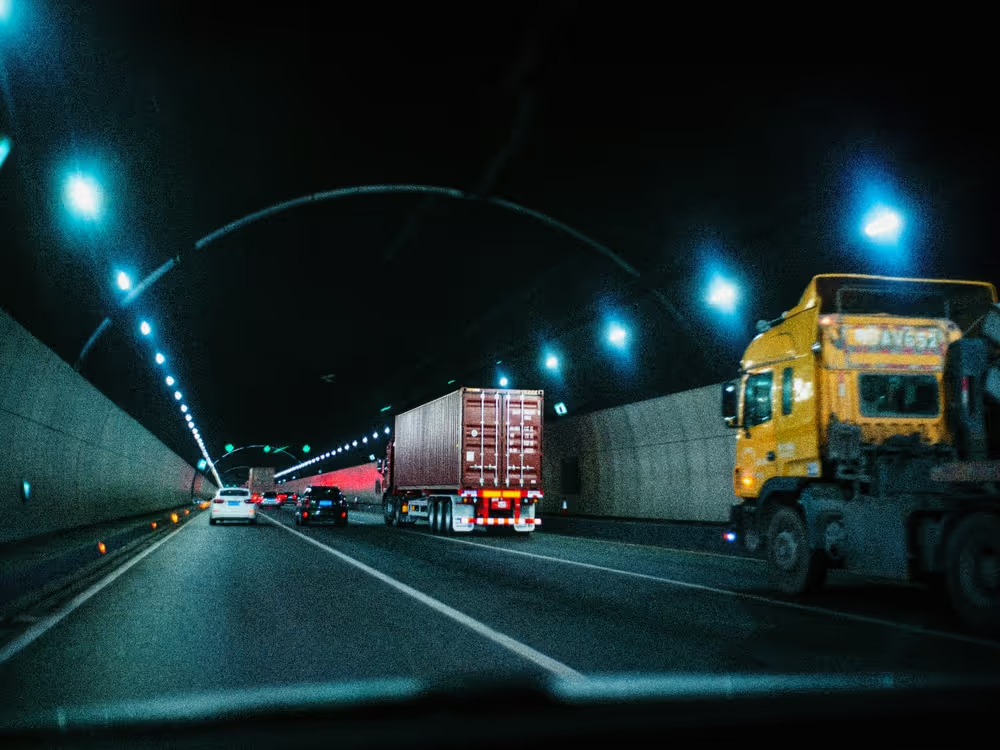
.jpeg)
-min.jpeg)
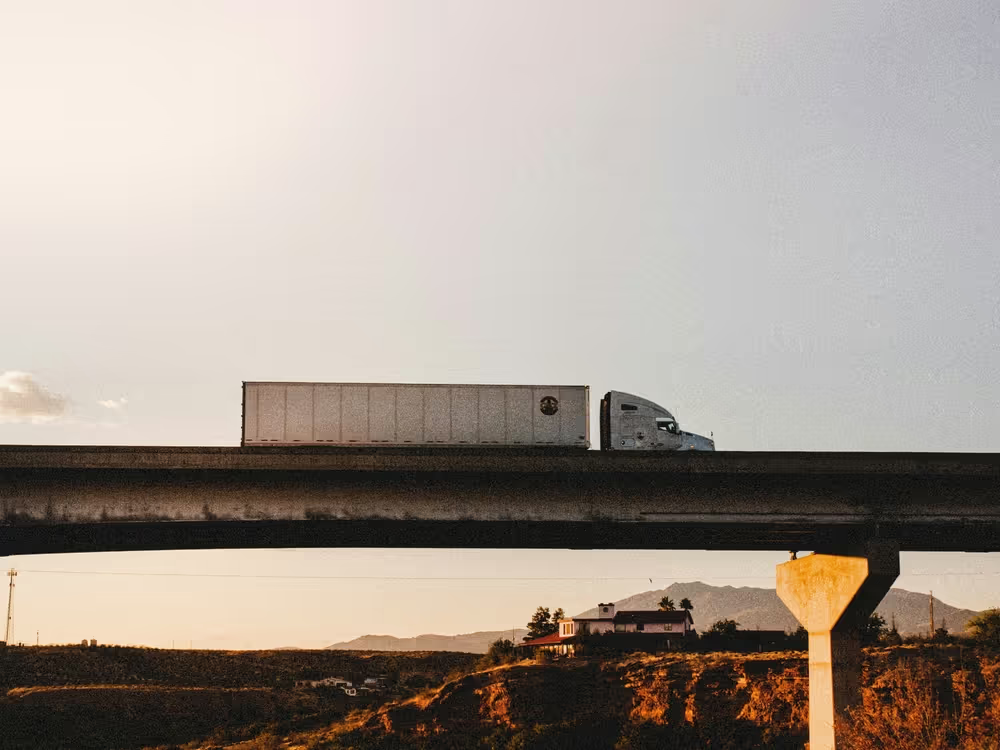

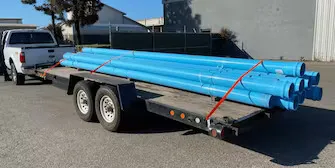
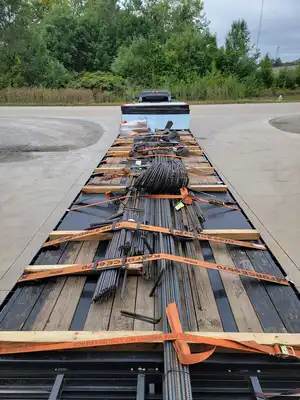

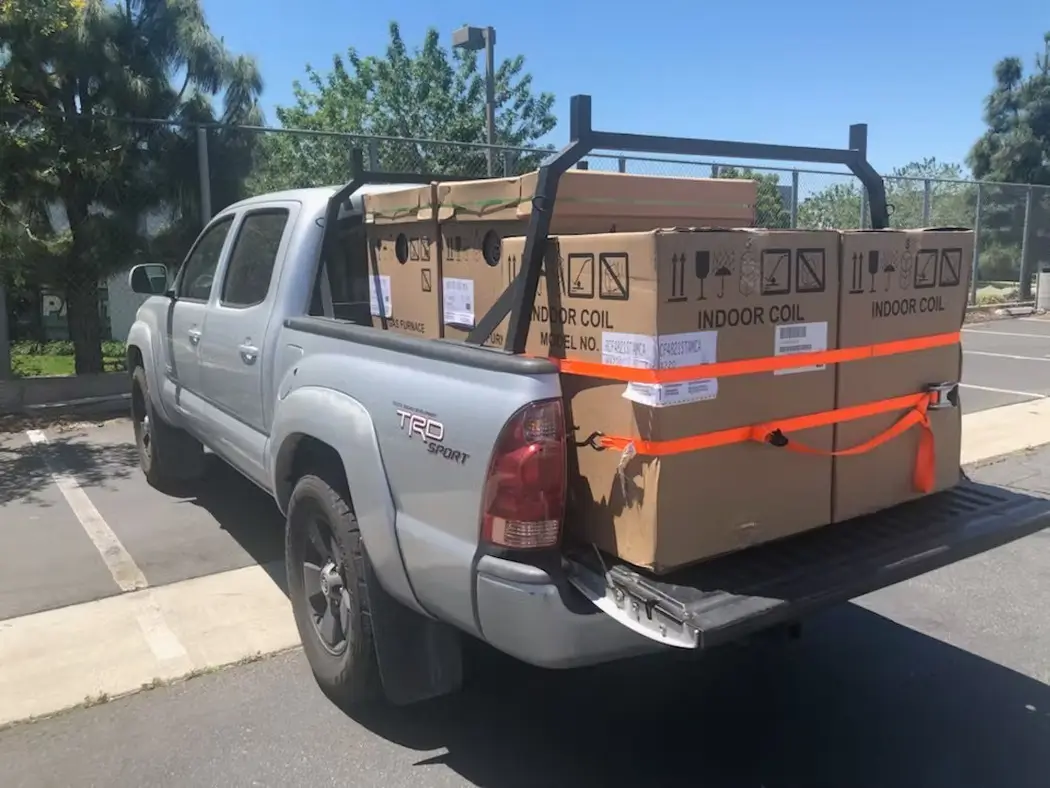
-min.webp)
.webp)
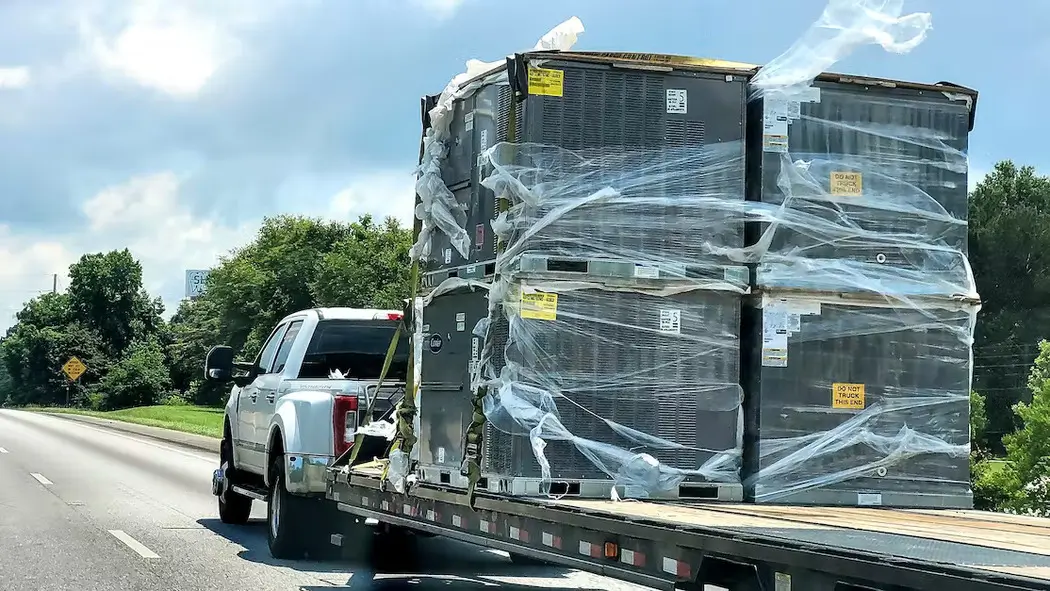
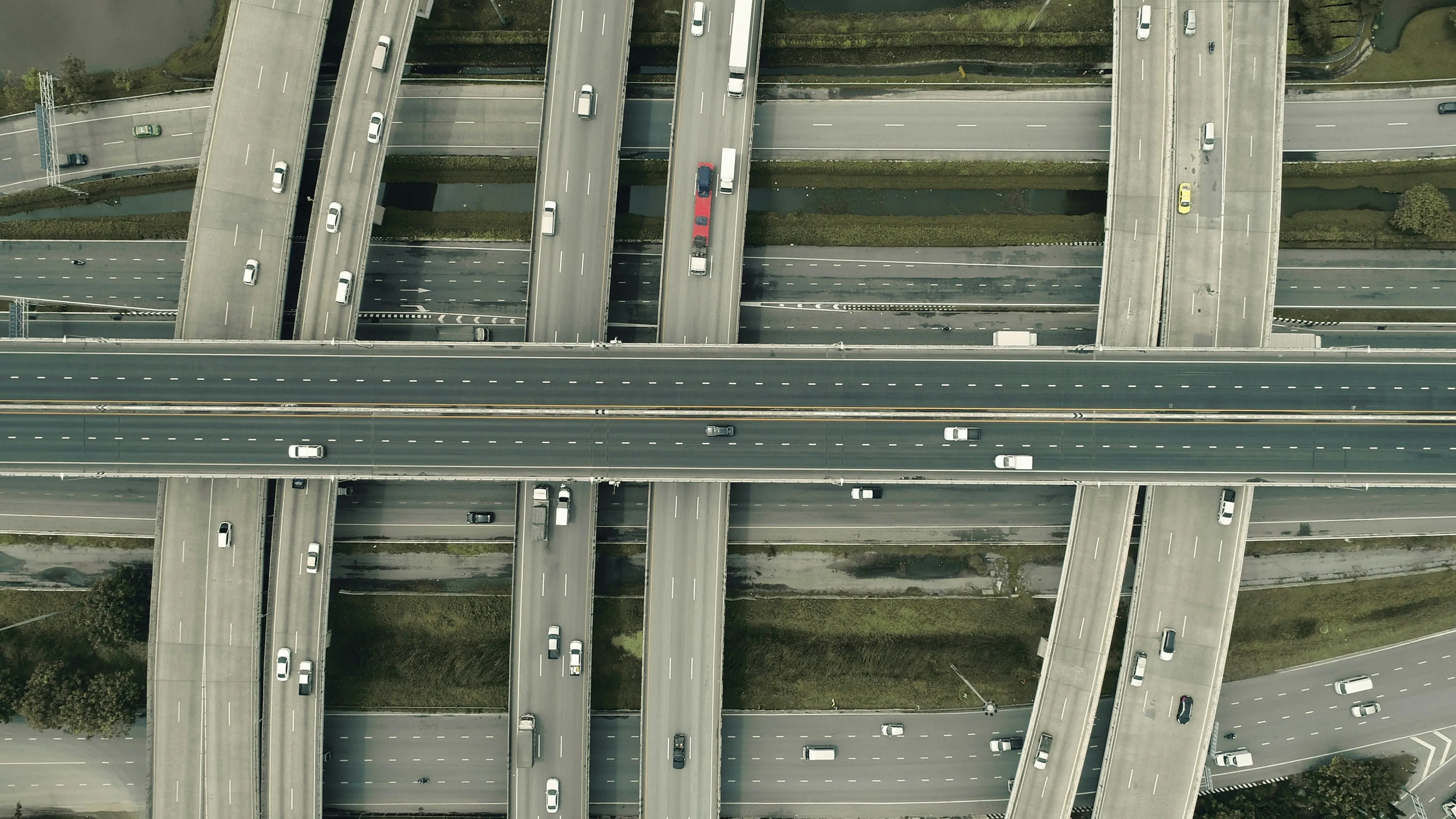



.webp)

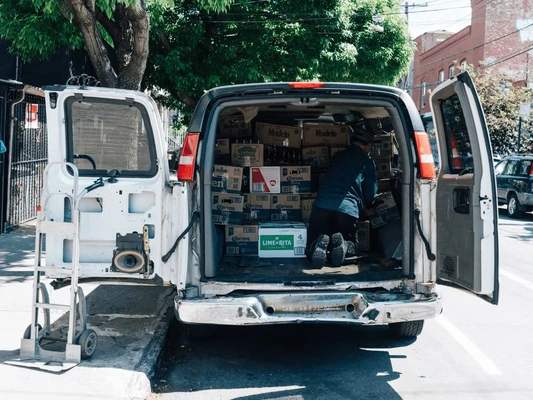


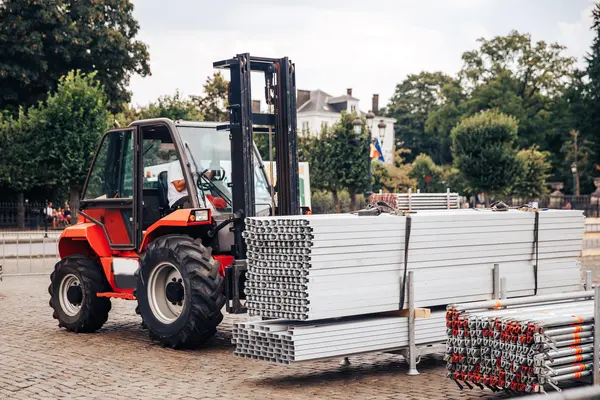

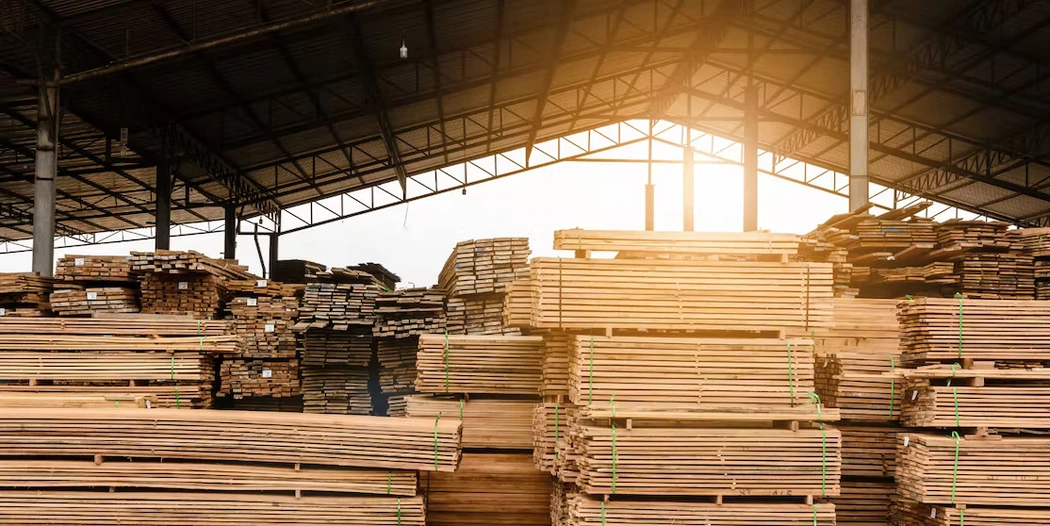




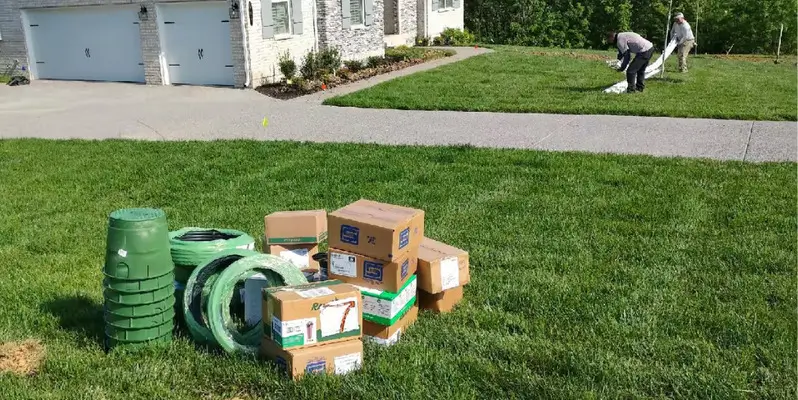
.webp)
-min.avif)


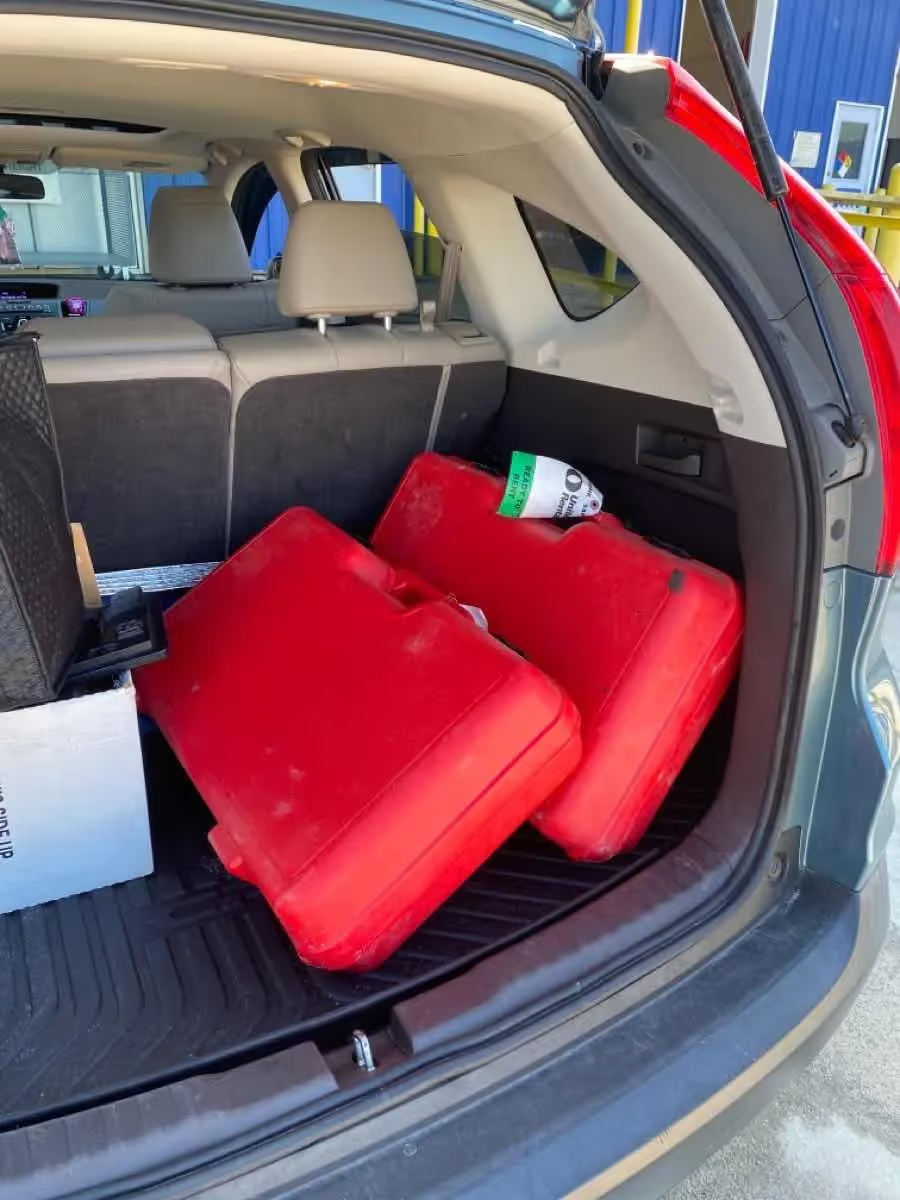

-min%2520(1).avif)

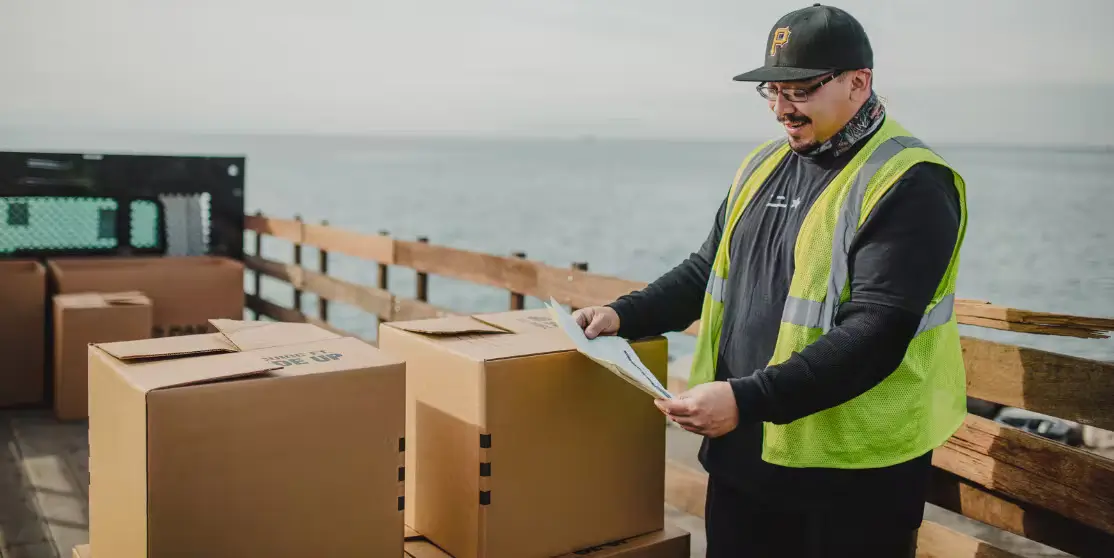
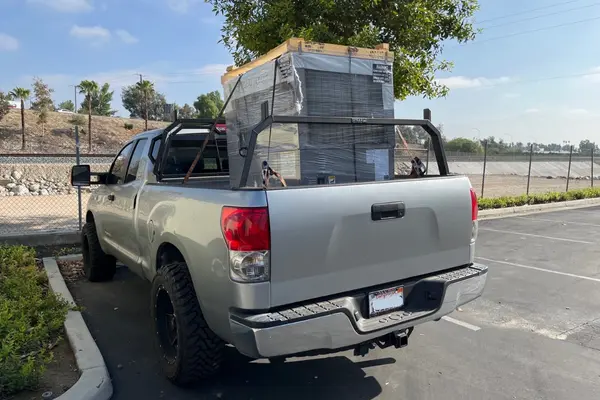


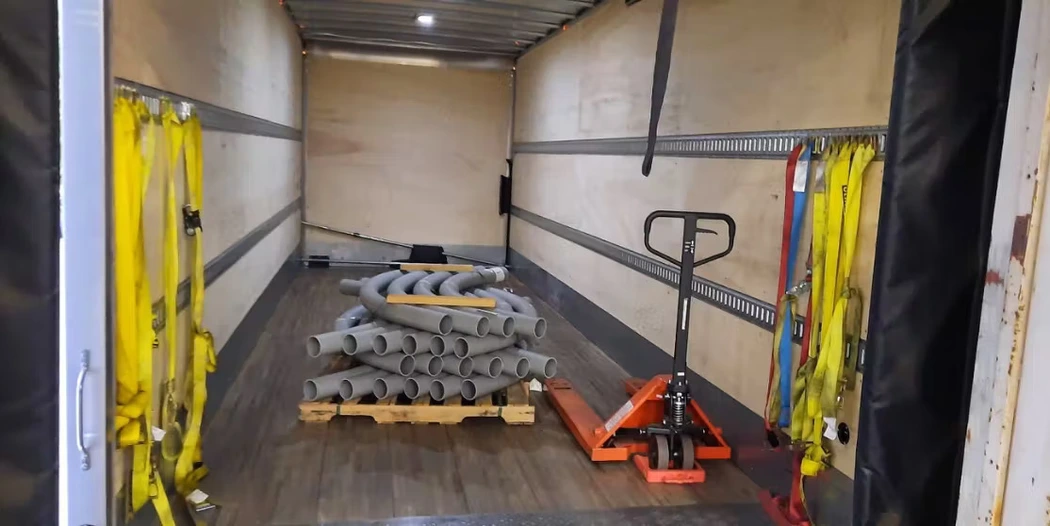
.avif)
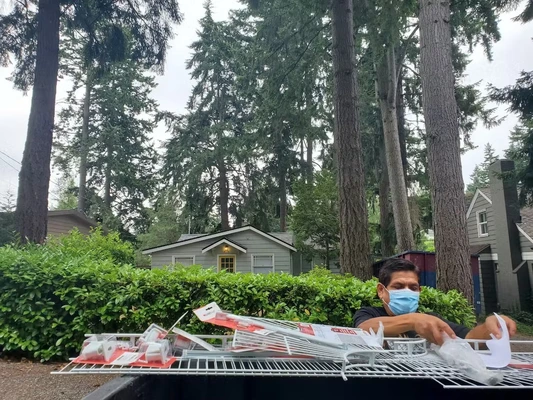

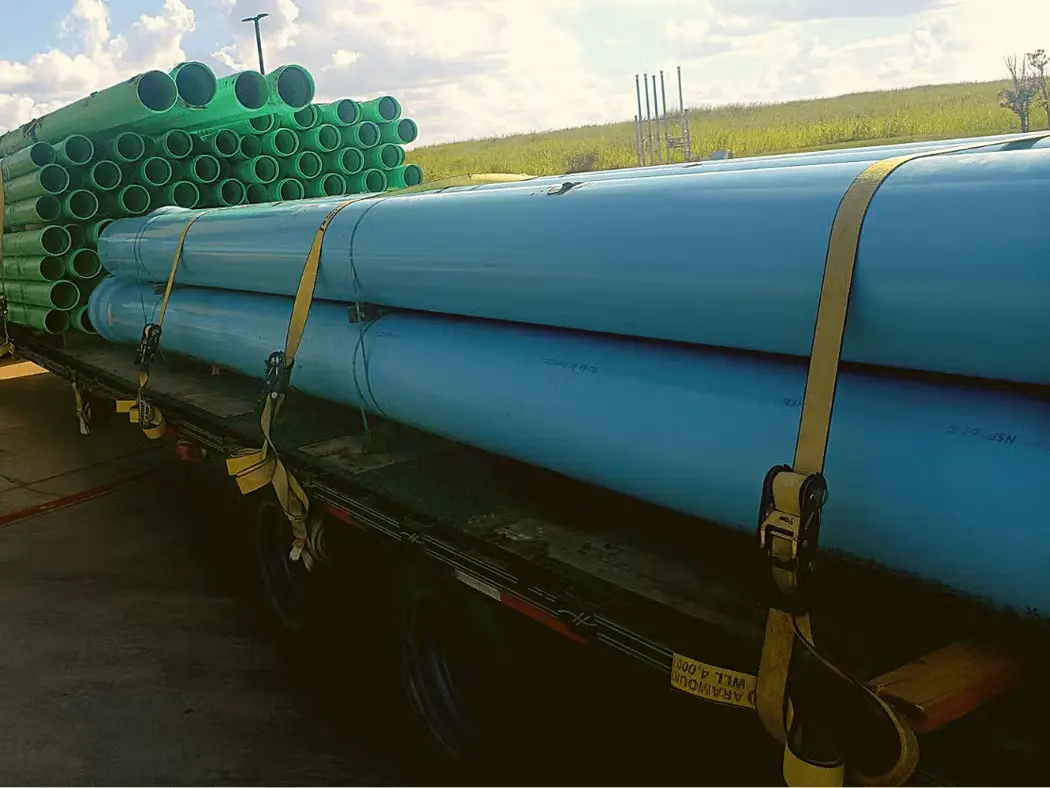

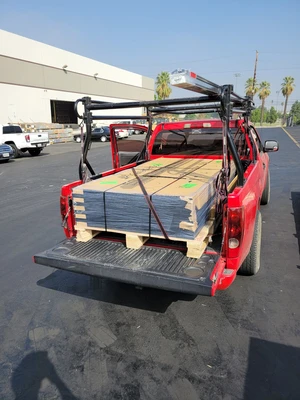
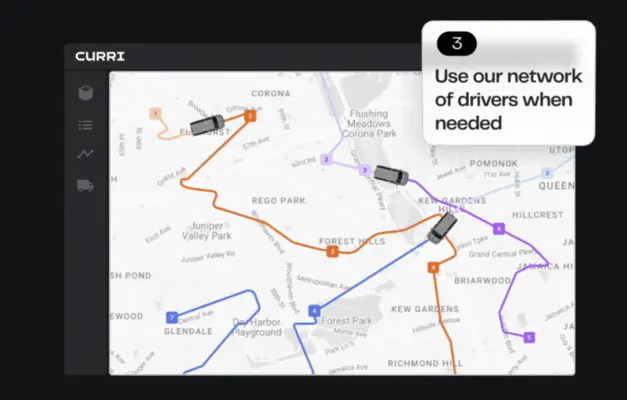


-min.avif)





.webp)
.webp)


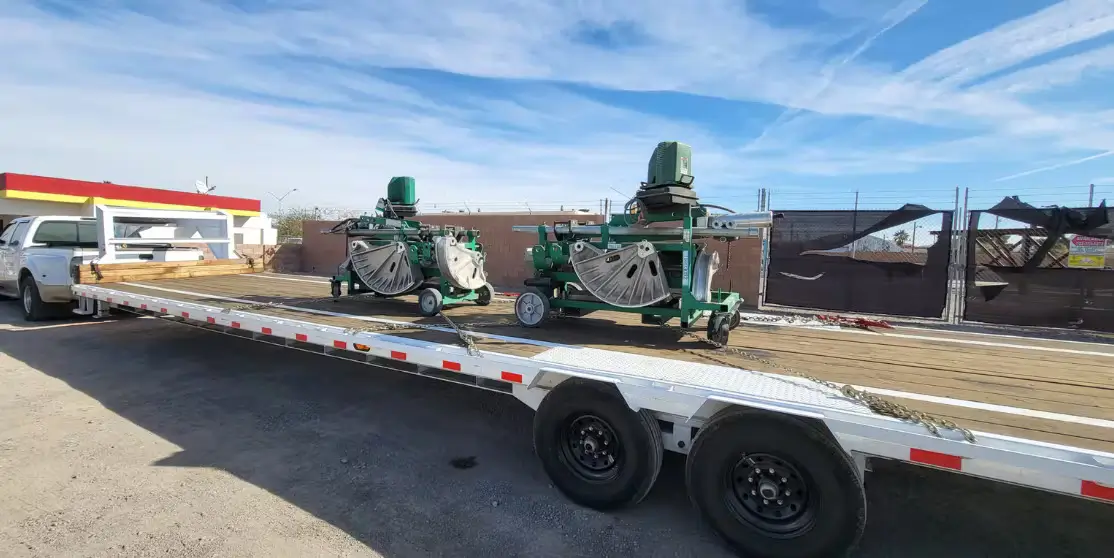
-min.avif)

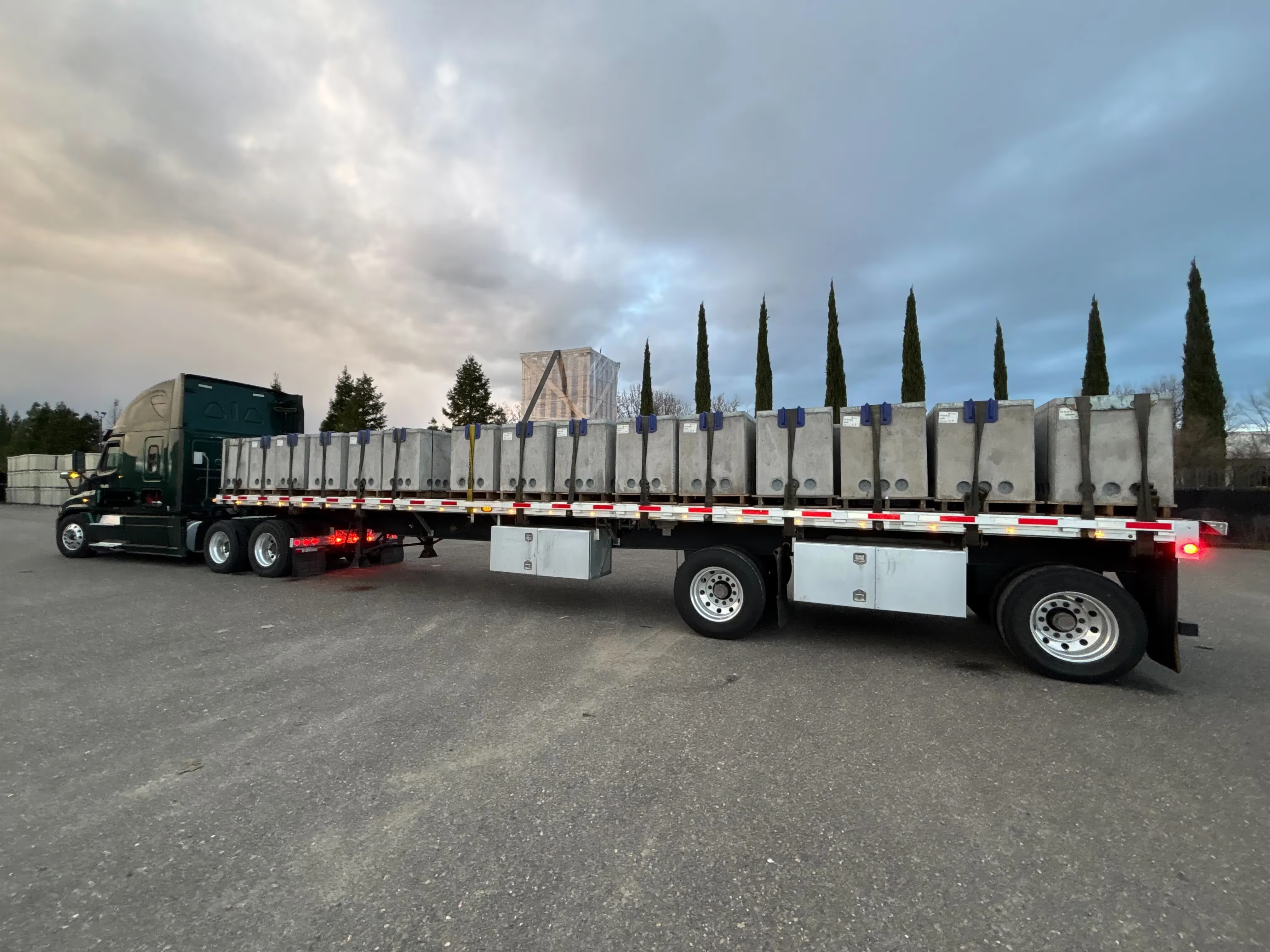

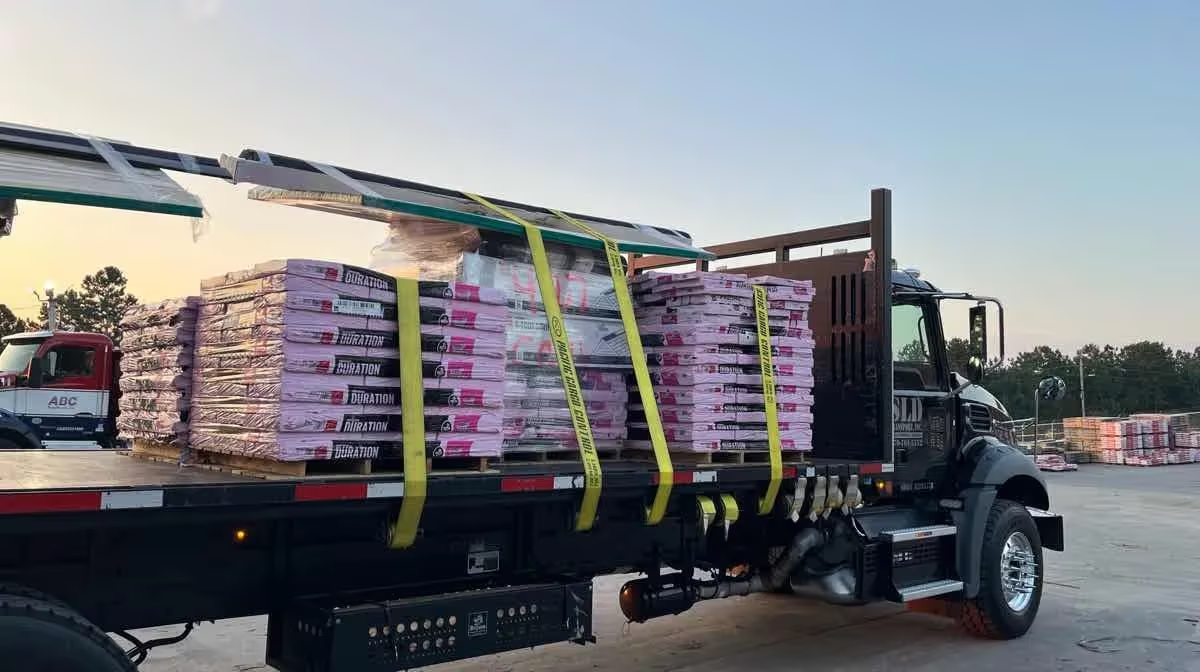
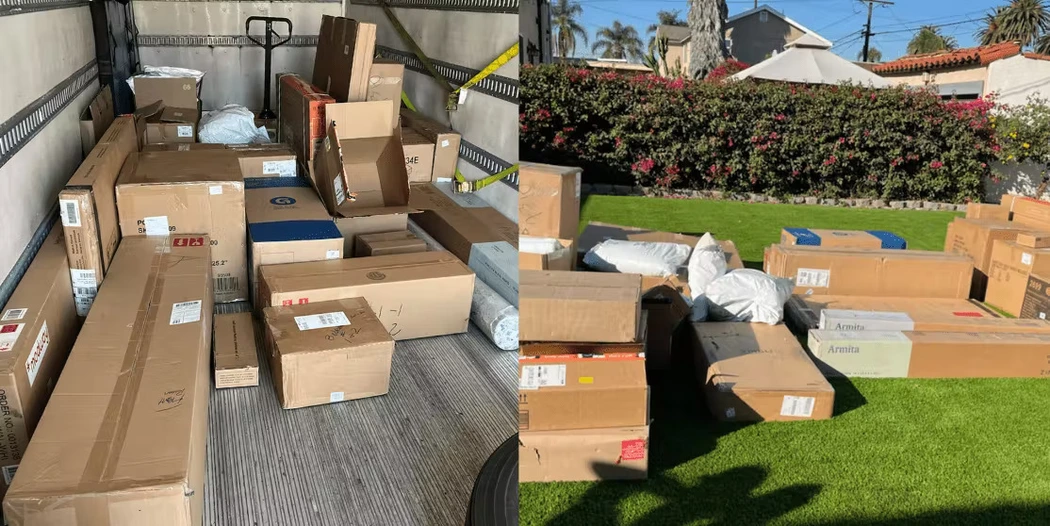
-min.webp)

.webp)
-min.webp)



.webp)

.webp)
.webp)

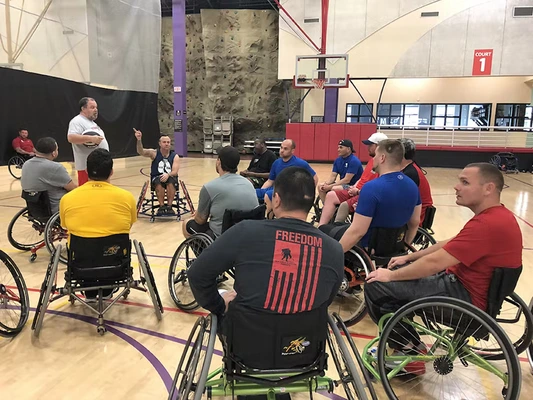
.webp)




-min.webp)

.webp)
.webp)